Dibenol | Tablet | 15 pcs
৳ 5.25
Brand Name: Dibenol Tablet
Generic: Glibenclamide
5 mg
Manufacturer: Square Pharmaceuticals Ltd.
Unit Price: ৳ 0.35 (300’s pack: ৳ 105.00)
Indications
Therapeutic Class
Pharmacology
Dosage & Administration
Initially stabilization dosage: Glibenclamide half tablet (2.5 mg) should be taken initially during or immediately after breakfast. 3-5 days after initiation of the drug, the blood sugar level and urine sugar level should be checked. Daily dose of ½ tablet (2.5 mg) may be continued as maintenance therapy if good control has been achieved. If the result is not good, increment of daily dose in steps of ½ tablet (2.5 mg) is necessary at intervals of 3-5 days up to a maximum of 3 tablets. Daily doses in excess of 10 mg may be taken in 2 divided doses. Patients should be given ½ to 1 tablet of Glibenclamide in changing over from other oral anti-diabetics with a similar action.
Change over from insulin to Glibenclamide: The mildly diabetic patient whose insulin requirement is fewer than 20 units daily, can be started on the initial dosage of Glibenclamide with immediate discontinuation of insulin. If the insulin requirement is moderate or high, the changeover should be made gradually by giving insulin and Glibenclamide simultaneously and slowly cutting down the dose of insulin.
When insulin requirements are increased as in fever, surgical interventions or trauma, the Glibenclamide alone is inadequate and the patient must be given insulin to carry him or her through such critical situation.
This changeover from insulin to Glibenclamide is strictly for NIDDM of fairly recent onset which is being controlled on small doses of insulin. This should preferably be done in hospital or with daily medical supervision.
Interaction
Contraindications
Side Effects
Pregnancy & Lactation
Precautions & Warnings
Overdose Effects
Symptoms: Hypoglycaemia.
Management: Mild hypoglycaemic symptoms without loss of consciousness or neurologic findings may be treated with oral glucose and adjust drug dosage and/or meal patterns.
Storage Conditions
| Generic Name | Glibenclamide |
|---|---|
| Size | 5 mg |
Only logged in customers who have purchased this product may leave a review.

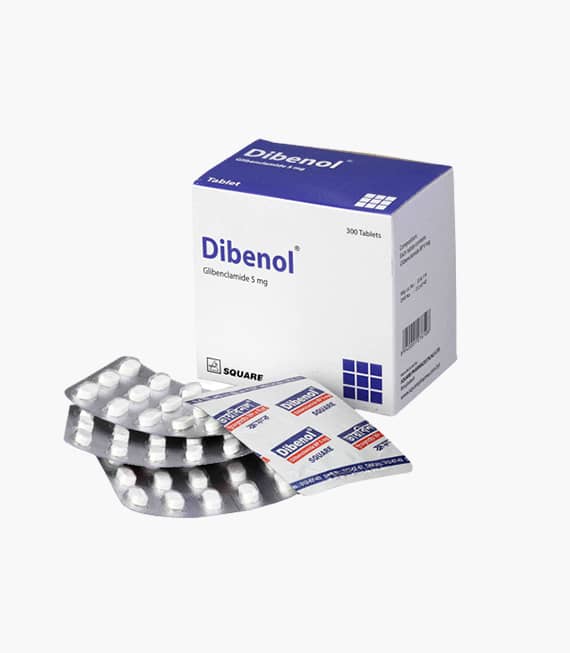
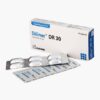
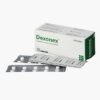


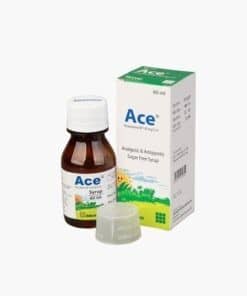
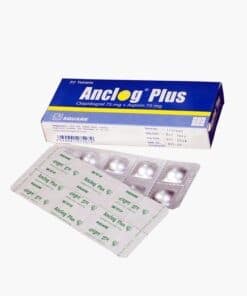
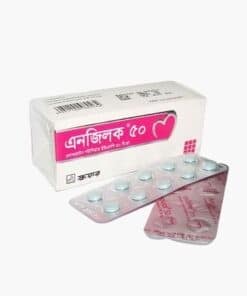
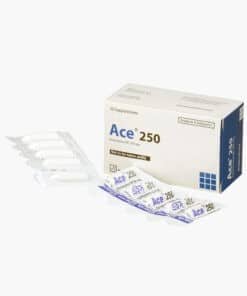

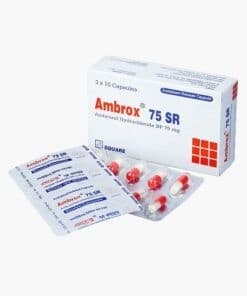
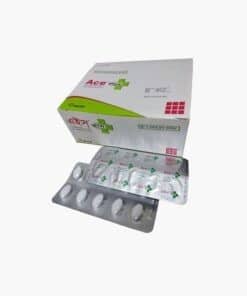
Reviews
There are no reviews yet.